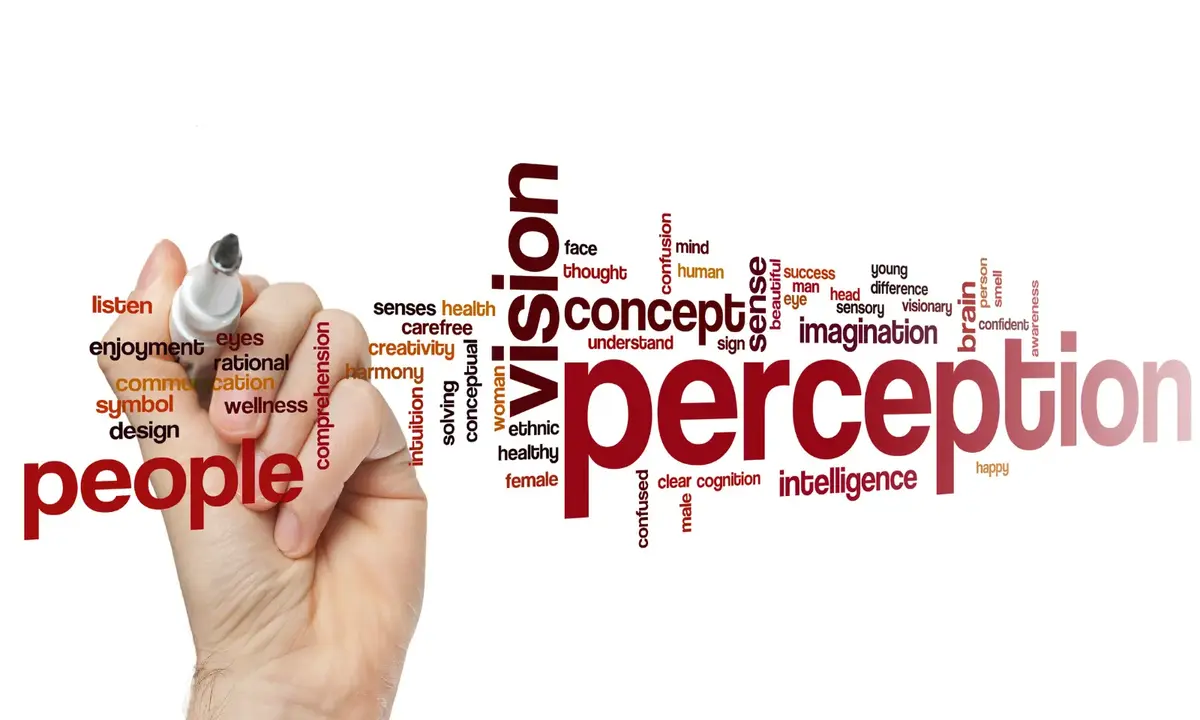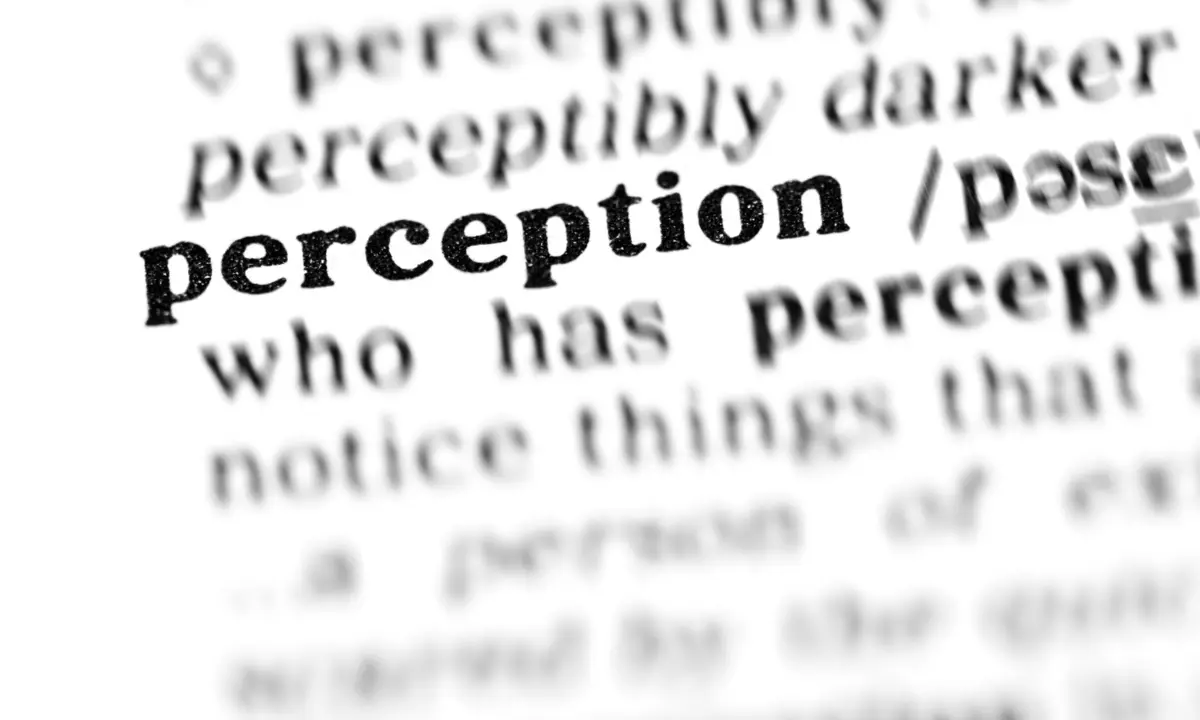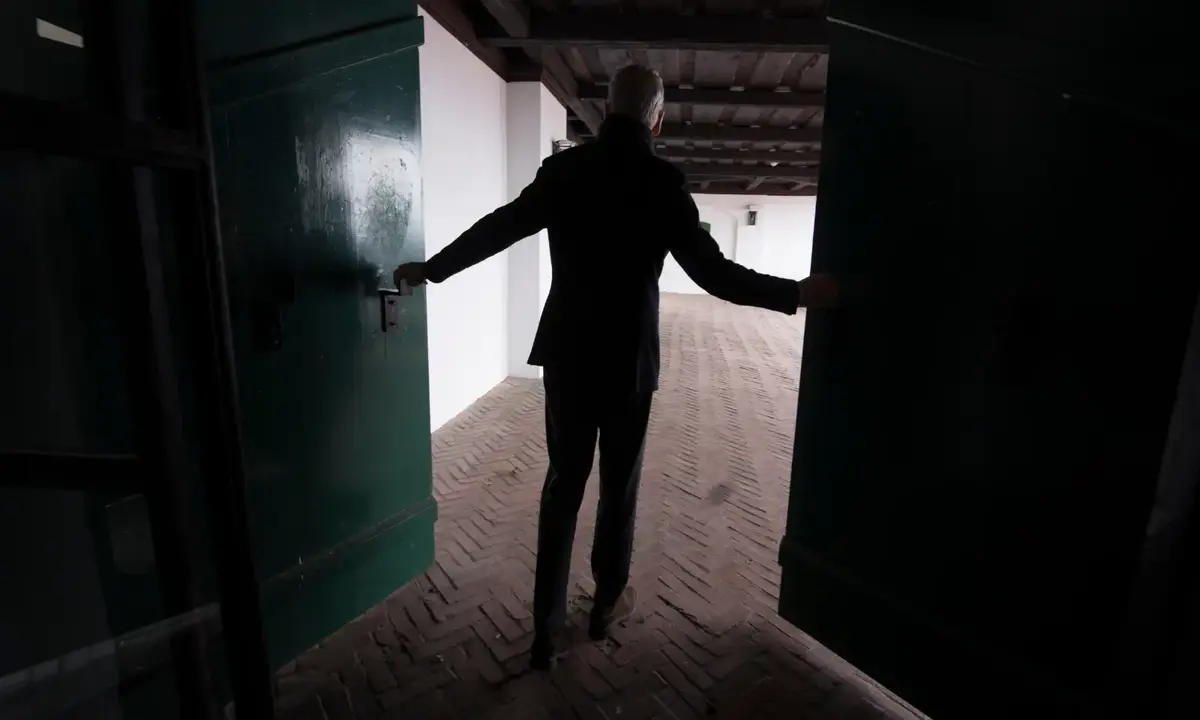Shift Your Human Perception to Experience Deeper Consciousness

Human perception shapes how we experience life. It’s the lens through which we interpret sights, sounds, and emotions. But what if you could adjust that lens to see more clearly, feel more deeply, and connect with a higher level of awareness?
According to R. Reber and W. Perrig (2001), conscious and unconscious perception are not just different in awareness levels. They operate in distinct ways.
Their research, published in the International Encyclopedia of the Social & Behavioral Sciences, shows that conscious perception processes limited details, while unconscious perception gathers more information from various sources. allowing for the integration of multiple sources of information.
This means there’s far more to our perception than our conscious mind typically registers.
This article explores practical ways to shift your perception to expand consciousness. You’ll learn how the brain filters reality, why habits limit awareness and methods to break free from mental constraints.
Whether new to mindfulness or looking for deeper awareness, these insights will help you notice more and think differently.

What Is Human Perception
How Your Brain Creates Reality
Your brain doesn’t process raw data—it constructs reality. Light, sound, and touch are converted into electrical signals, which the brain then pieces together using past experiences and biases.
For example, optical illusions reveal how easily perception can be tricked. A 2020 study by the University of Rochester showed that 85% of people misinterpret ambiguous images based on subconscious expectations.
Yet our conscious perception represents only part of the story. Research by Jacoby and Whitehouse (1989) demonstrates a stark difference between how subliminal (unconscious) primes and supraliminal (conscious) primes influence recognition.
In their study, participants who saw subliminal identical primes before a target word were more likely to identify the target as having appeared before.
Conversely, those exposed to identical primes consciously were inclined to correct for that influence, leading to fewer “old” responses. This indicates unconscious processes can bias judgment in ways conscious processes can override once we’re aware of them.
The Role of Sensory Filters
Senses act as gatekeepers. They filter out “unnecessary” information to prevent overload. But this efficiency comes at a cost: you miss subtle details. Bats, for instance, perceive ultrasound frequencies humans can’t hear. Similarly, shifting perception means training yourself to notice what your brain usually ignores.
As MacLeod (1998) suggests, unconscious perception is sometimes even more powerful than conscious perception because it draws from multiple sources without the bottleneck of conscious awareness.
This broader capacity can influence your actions and interpretations without you realizing it, highlighting the need to look beyond conscious filters to achieve a fuller understanding of the world.

Why Current Perception Limits Consciousness
Habitual Thought Patterns
Routines create neural pathways that solidify over time. Think of them as mental highways: the more you use them, the harder it is to take a detour. A 2019 Harvard study found that 45% of daily behaviors are automatic. These habits narrow your focus, making it tough to explore new perspectives.
When perception is confined by habit, you remain largely unaware of how unconscious processes inform your decisions. Merikle and Daneman (1998) found that unconscious perception works separately from established routines. This suggests a different mechanism can tap into by seeking broader awareness.
Fear and the Status Quo
Fear of uncertainty keeps many people stuck. The brain prefers predictability, even if it’s unsatisfying. Breaking free requires confronting discomfort. For example, someone afraid of public speaking might avoid it, limiting their growth. Overcoming this fear could open doors to deeper self-awareness.
On an unconscious level, fear can block critical information from ever reaching conscious awareness. Merikle and Joordens (1997) found that if people don’t notice certain stimuli, they can’t change or rethink their effect. This underscores how fear-based avoidance might limit both conscious and unconscious growth.
Techniques to Shift Perception
Meditation and Mindfulness
Meditation slows down mental chatter, letting you observe thoughts without attachment. A 10-minute daily practice can rewire the brain’s default mode network, linked to self-referential thoughts.
Apps like Headspace offer guided sessions, but even silent breathing exercises work. With regular mindfulness practice, you become more aware of emotions, patterns, and external influences. This helps shape and refine your perception over time.
Body Scanning
Focus on physical sensations from head to toe. This grounds you in the present, bypassing overthinking. A 2021 UCLA study showed body scans reduce anxiety by 27% in 8 weeks. Being aware of your body helps you notice emotions. It also makes it easier to spot subconscious influences on how you see things.
Sensory Deprivation
Float tanks or dark retreats remove external stimuli. Without distractions, the mind turns inward. Users often report vivid mental imagery or emotional releases.
Debner and Jacoby (1994) illustrate how eliminating external cues can highlight the ways unconscious perception subtly shapes conscious judgment. By temporarily blocking external influences, you create a controlled environment to observe this dynamic more clearly.

Expanding Consciousness Through Daily Habits
Journaling for Clarity
Write down thoughts each morning. This reveals patterns and hidden beliefs. For instance, noting recurring fears can help you address their roots. Journaling helps you see how your perception changes over time. It gives insight into how your understanding of reality grows.
Nature Immersion
Spend time in forests or near water. Natural settings activate the parasympathetic nervous system, easing stress. A Japanese study found forest bathing lowers cortisol by 15%. Spending time in nature reduces stress. It also heightens your senses, helping you feel more connected to your surroundings.
Creative Expression
Art, music, or dance bypass logic, tapping into intuition. Pablo Picasso said, “Art washes away the dust of daily life.” Expressing yourself creatively helps bypass habitual thought patterns and engages the subconscious in ways that promote new insights and perspectives.
Common Blocks to Expanded Awareness
Overthinking
Analyzing every detail stifles intuition. Practice letting go of the need to “figure it out.” Overthinking traps you in logic. To shift away, practice deep breathing or engage in creative activities like drawing or journaling. These help quiet the mind and let intuition surface.
Digital Overload
Screens flood the brain with constant input. Try a digital detox by setting screen-free hours, turning off notifications, or replacing screen time with a walk. Even an hour away from screens can create space for reflection. Reducing screen time can help restore mental clarity and allow deeper thought processes to unfold.
Societal Conditioning
Cultural norms dictate “acceptable” ways to think. Question assumptions like “success requires constant hustle.” Breaking free from conditioned beliefs allows for greater authenticity and alignment with your truth.
Subscribe to Create Higher Vibrations!
Get Inspiration and Practical advice straight to your inbox.
Measuring Shifts in Perception
Increased Synchronicities
Notice meaningful coincidences, like thinking of a friend who then calls. These suggest alignment with the universal flow.
Enhanced Empathy
Feeling others’ emotions more deeply signals expanded awareness. Greater empathy means seeing beyond yourself. It strengthens relationships and improves communication. It helps in decision-making by considering different perspectives.
Dreams and Intuition
Vivid dreams or gut feelings become more frequent as perception shifts. Noticing these signals can offer helpful guidance. It also strengthens awareness shifts.
Conclusion
Shifting perception isn’t about gaining something new. It’s about uncovering layers of awareness and understanding how conscious and unconscious processing work together.
Research by Jacoby and Whitehouse (1989) shows that unconscious perception can shape our judgments. Sometimes, the conscious mind corrects these biases. Other times, it fails to detect them.
To expand awareness, question habits, embrace discomfort, and practice mindfulness.
Start small. Short practices help build habits. Try a 5-minute meditation or write three journal prompts tomorrow. Consistency matters more than intensity.
As you explore conscious and unconscious perception, life becomes richer and clearer. This new perspective fosters personal growth, empathy, and deeper engagement with the world.
Try This Today
Spend 10 minutes in nature without your phone. Observe how your senses respond. Then, write about what you noticed and how it made you feel. Over time, these small, consistent efforts will help you break through habitual thought patterns and cultivate a more expansive perception of reality.


